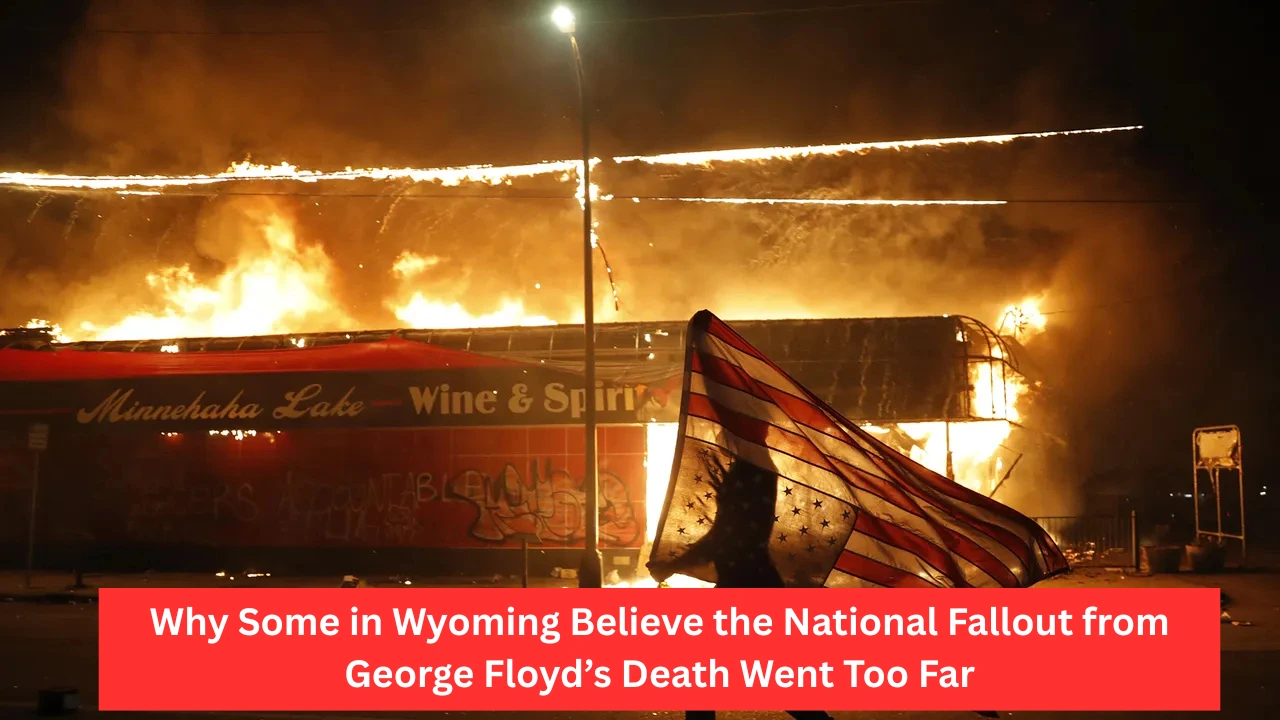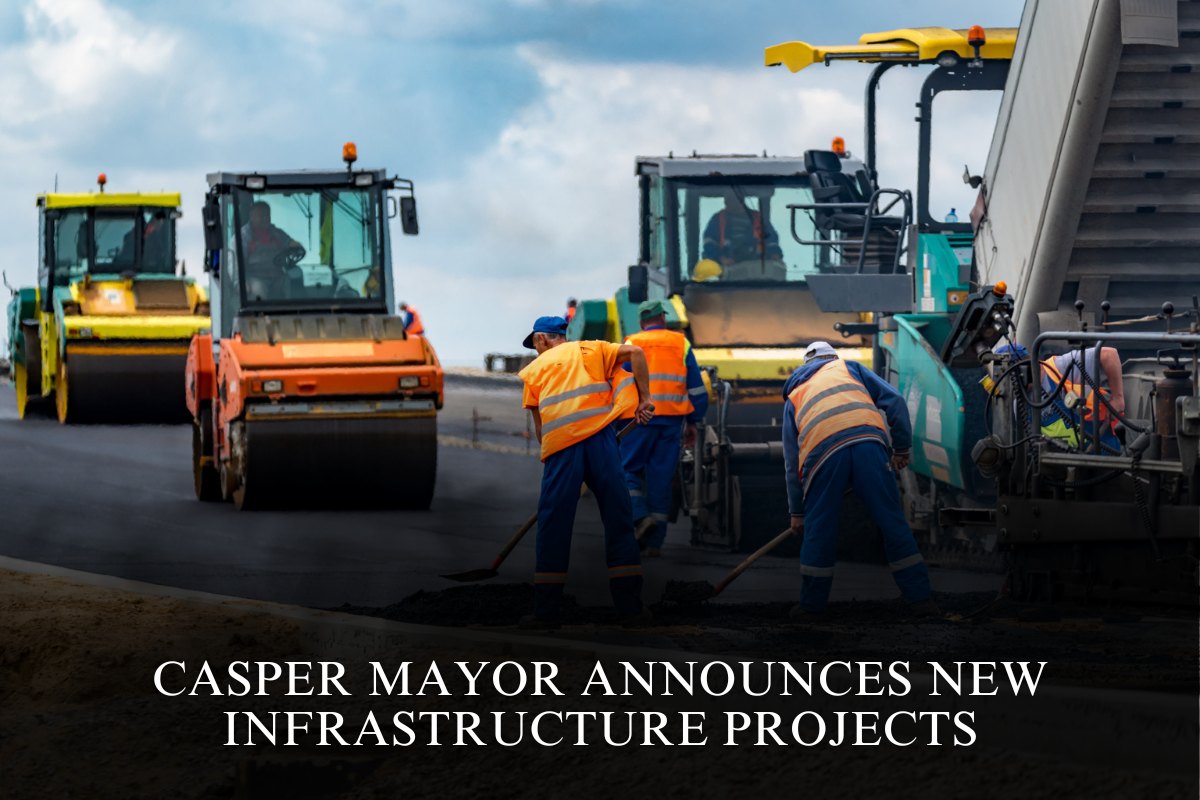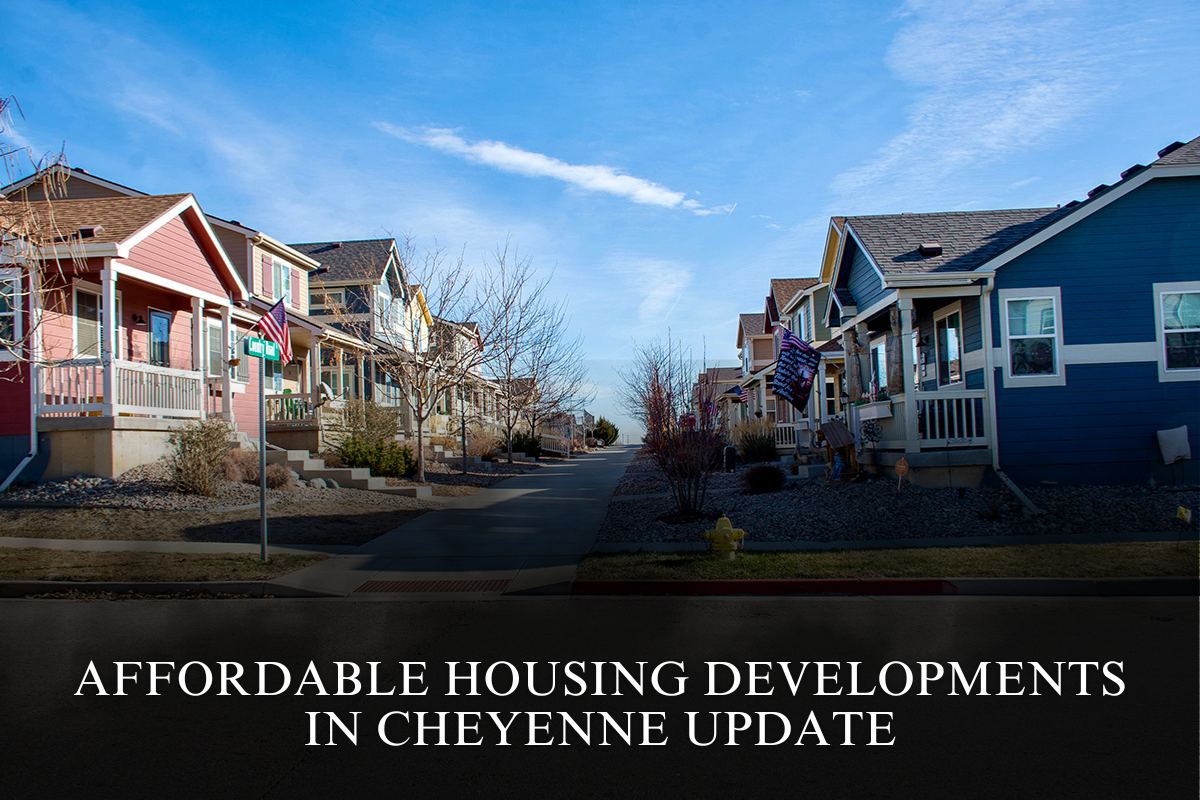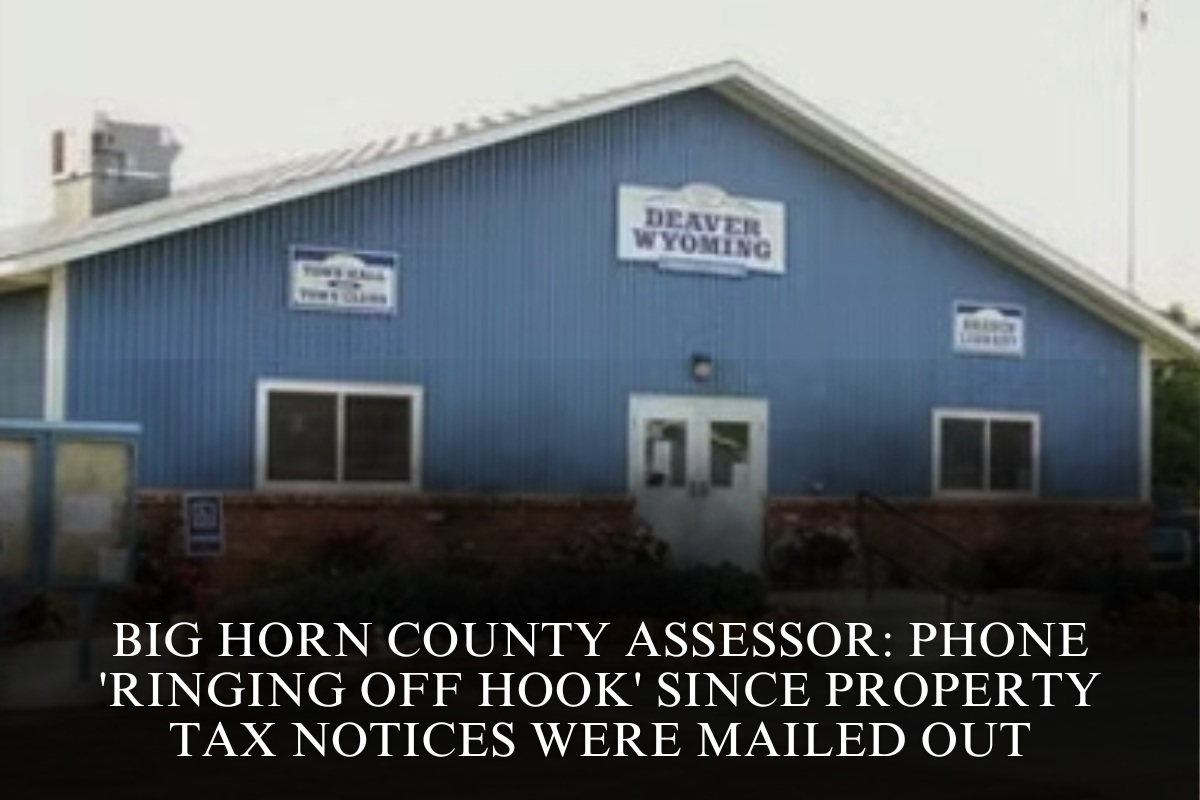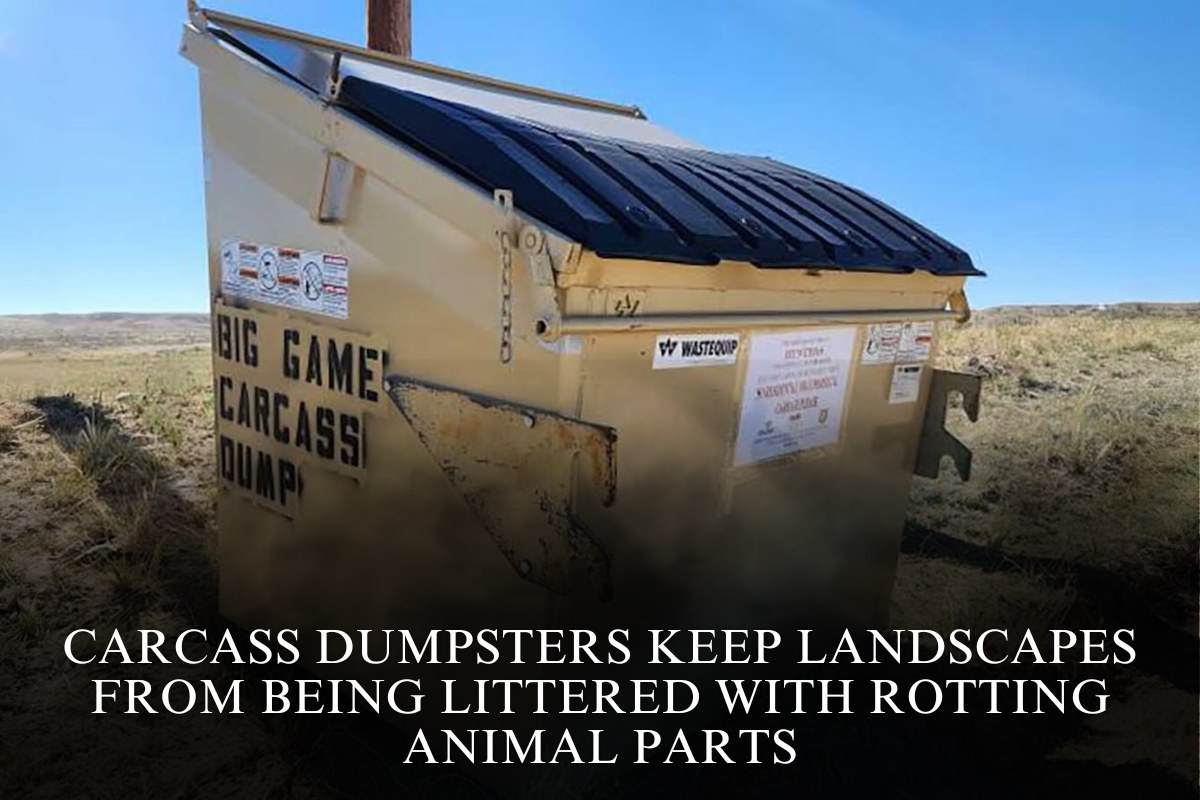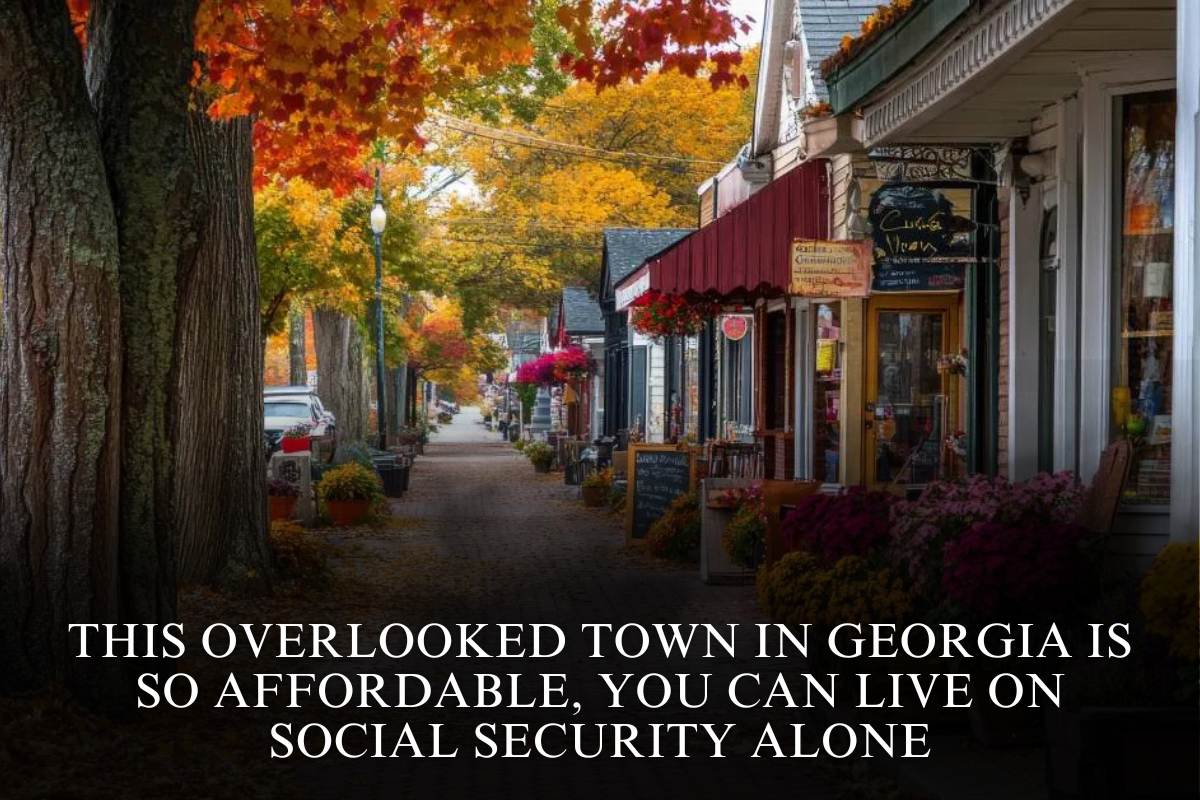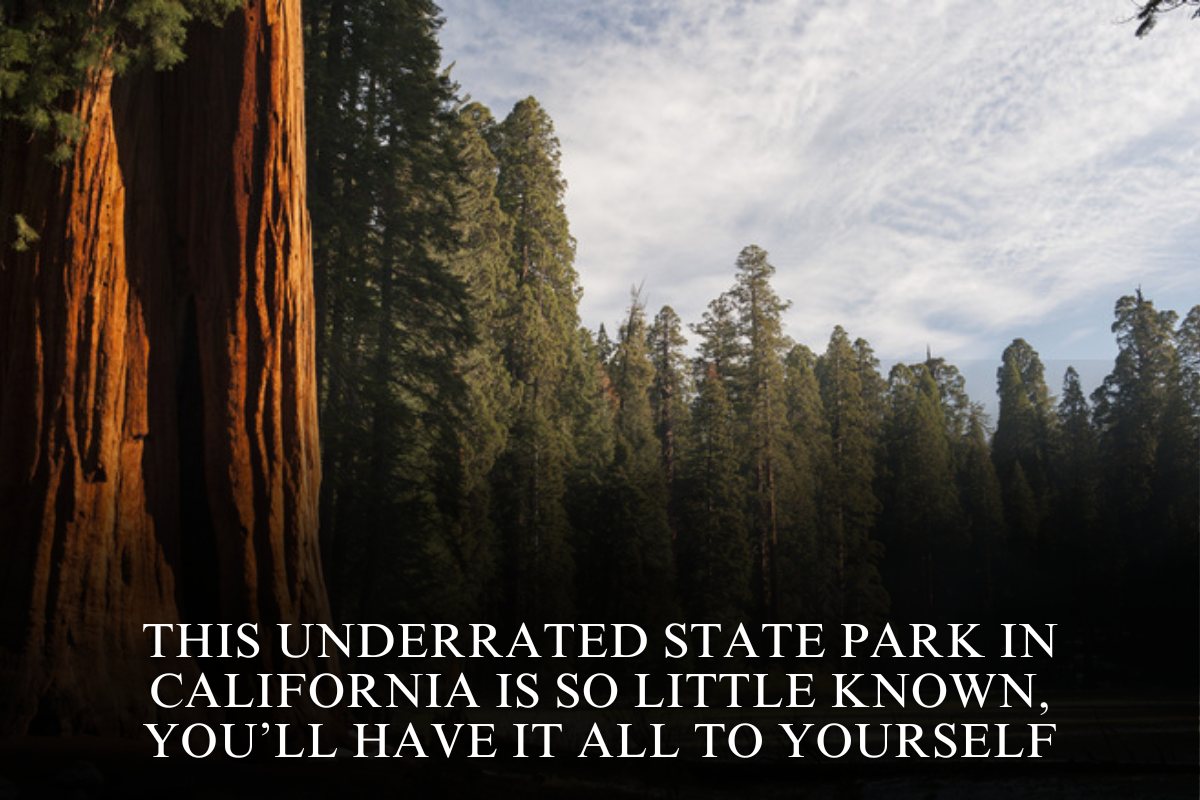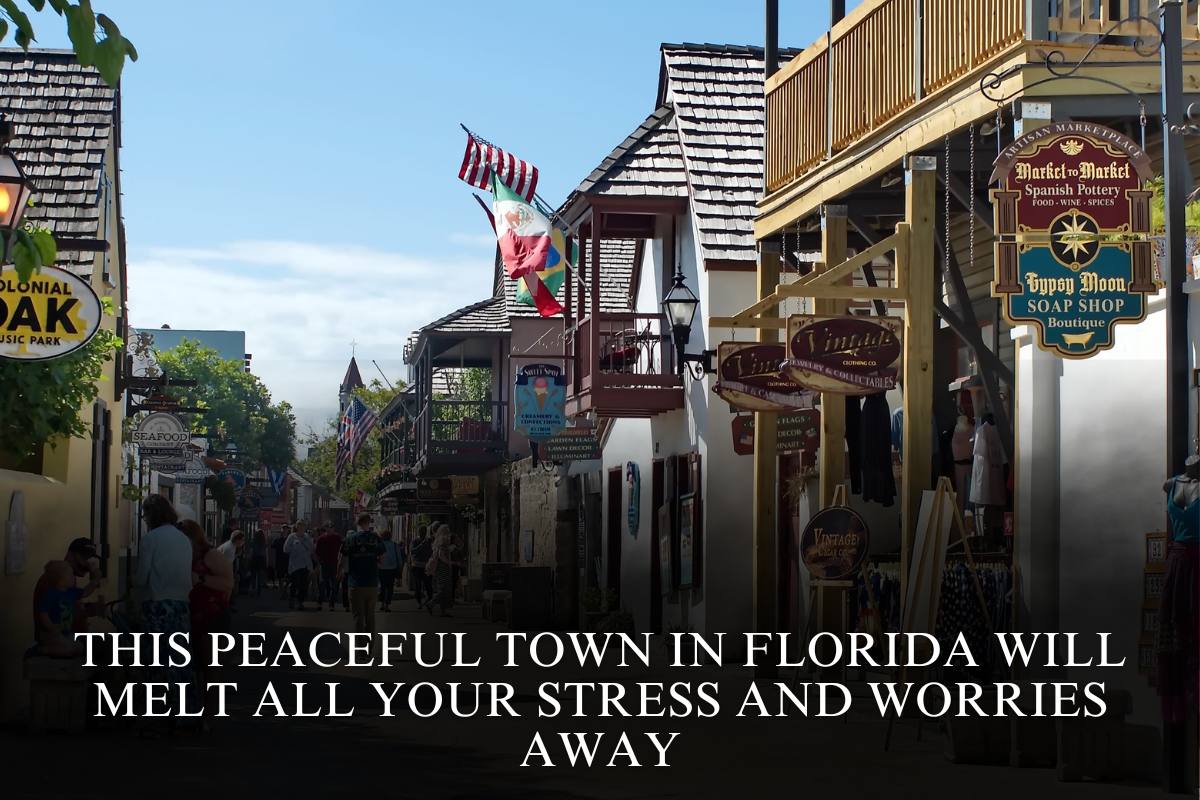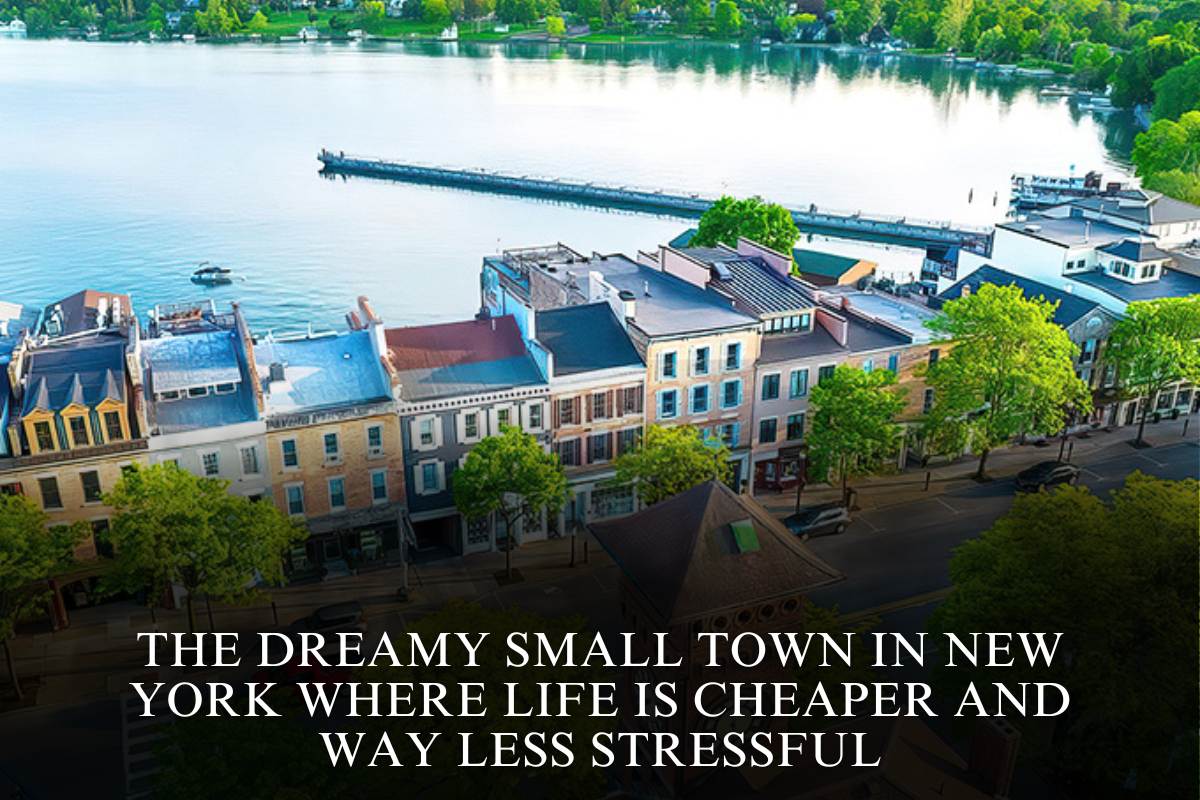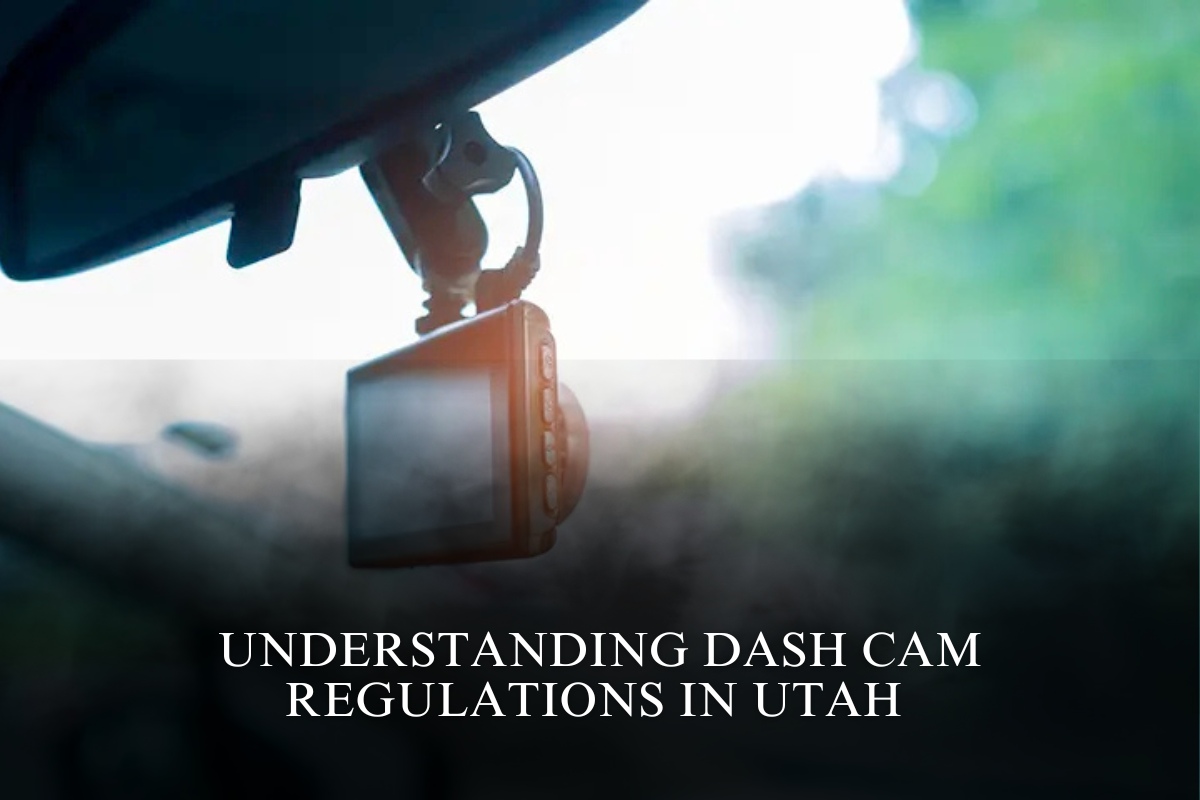Sunday marked five years since George Floyd was killed by a police officer in Minneapolis — an event that triggered not only widespread outrage, but also a sweeping national response that, many argue, caused more harm than healing.
The initial anger over Floyd’s death was understandable. The officer who killed Floyd, along with others on the scene, were rightfully convicted for their roles in the incident. However, the reaction quickly spiraled beyond the bounds of those directly involved. It wasn’t just about one police officer or even the Minneapolis Police Department. The blame seemed to extend to American society as a whole.
Communities across the country — including more rural, conservative areas like Wyoming — were swept up in a national reckoning. We were told that systemic racism permeated every layer of our institutions. Hundreds of thousands of police officers, the vast majority of whom had no connection to the tragedy in Minneapolis, were branded as part of the problem. In response, city leaders in places like New York, Los Angeles, and Seattle slashed police budgets. In Minneapolis, protests turned into riots, leaving swaths of the city in ruins — and similar scenes unfolded in cities nationwide.
The political response added fuel to the fire. Then–Vice Presidential candidate Kamala Harris promoted a bail fund that helped release some arrested during the riots. Meanwhile, Democrats in leadership positions — including Minneapolis Mayor Jacob Frey and Minnesota Governor Tim Walz — largely avoided public accountability and remain in office today.
The ripple effects touched every corner of American life. Activists and public figures pushed for sweeping changes under the banner of “diversity, equity, and inclusion” (DEI). Corporations and universities rushed to adopt new policies that, some argue, only deepened racial divisions. Everyday language was policed — terms like “master bedroom” and “team owner” were suddenly taboo. Even the NFL began playing two national anthems before games.
Wyoming, though geographically distant from the unrest, wasn’t entirely insulated. Residents saw shifts in local school policies, workplace trainings, and public discourse, often sparked by DEI trends originating far from the Cowboy State. Many questioned whether these top-down changes reflected their communities’ values or simply imported a cultural battle.
Perhaps the most jarring contradiction came during the COVID-19 pandemic. The same public health experts who urged strict lockdowns suddenly endorsed mass protests, claiming that fighting racism was more urgent than controlling a deadly virus. For many, including those in health-conscious Wyoming towns, that moment marked the collapse of trust in public health leadership — a trust that still hasn’t been fully restored.
In the years since, crime surged in many major cities, prompting calls to reverse course and reinvest in law enforcement. DEI policies, once unquestioned, have begun to face scrutiny. The country is slowly moving away from the fervor of 2020, but the impact of that summer lingers — in institutions, politics, and public trust.
What happened to George Floyd was a tragedy, and justice was served in the courtroom. But instead of allowing the legal system to address it, the nation turned a local crime into a sweeping moral indictment. The result? Five years of social unrest, cultural division, and lasting damage — even in communities as far removed as Wyoming.
